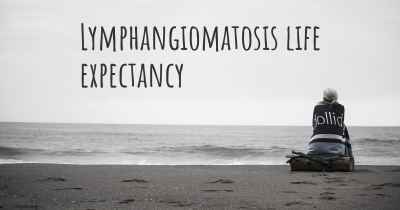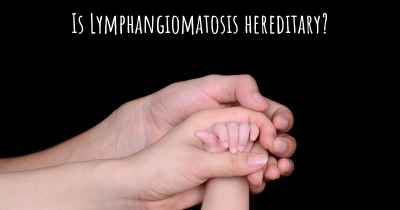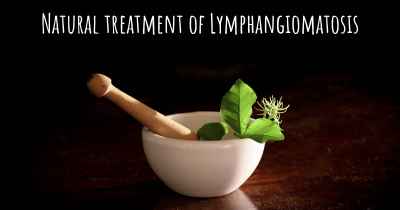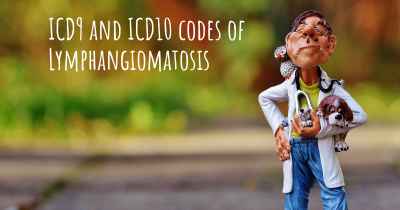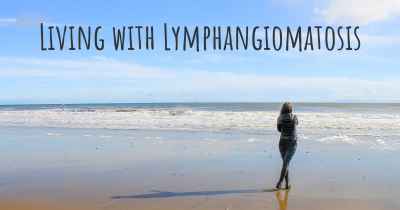Is it advisable to do exercise when affected by Lymphangiomatosis? Which activities would you suggest and how intense should they be?
See if it is advisable for people with Lymphangiomatosis to practice sports and which ones are the most recommended if you have Lymphangiomatosis
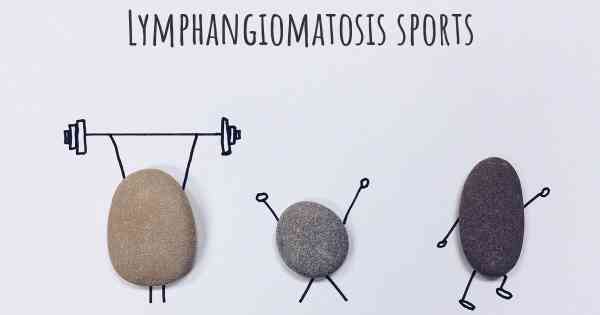
Is it advisable to do exercise when affected by Lymphangiomatosis?
When dealing with a condition like Lymphangiomatosis, it is important to approach exercise with caution and consult with your healthcare provider before starting any new physical activities. Lymphangiomatosis is a rare disorder characterized by the abnormal formation of lymphatic vessels, which can lead to the development of cysts or tumors in various parts of the body. The severity and location of these cysts can vary from person to person, so it is crucial to have an individualized approach to exercise.
Benefits of Exercise for Lymphangiomatosis
While there is limited research specifically on exercise and Lymphangiomatosis, regular physical activity can have numerous benefits for overall health and well-being. Exercise can help improve cardiovascular fitness, strengthen muscles, enhance flexibility, boost mood, and reduce stress levels. These benefits can be particularly important for individuals with chronic conditions like Lymphangiomatosis, as they can help maintain a better quality of life.
Choosing the Right Activities
When selecting exercises, it is crucial to consider the specific symptoms and limitations associated with Lymphangiomatosis. The choice of activities should be based on individual capabilities, preferences, and the guidance of a healthcare professional. Low-impact exercises that minimize joint stress and strain are generally recommended. Some suitable activities may include:
- Walking: Walking is a low-impact exercise that can be easily tailored to individual fitness levels. It can be done outdoors or on a treadmill, and the intensity can be adjusted by varying the speed and distance.
- Swimming: Swimming is a great option as it provides a full-body workout without putting excessive strain on the joints. The buoyancy of water also helps reduce impact and allows for greater range of motion.
- Cycling: Cycling, whether on a stationary bike or outdoors, is a low-impact exercise that can help improve cardiovascular fitness and strengthen leg muscles. It allows for adjustable intensity levels and can be easily modified to suit individual needs.
- Yoga: Yoga focuses on gentle movements, stretching, and relaxation techniques. It can help improve flexibility, balance, and overall well-being. However, it is important to choose yoga poses that avoid excessive strain on affected areas.
- Pilates: Pilates is a low-impact exercise method that emphasizes core strength, flexibility, and body awareness. It can be adapted to accommodate different fitness levels and specific needs.
Exercise Intensity and Progression
The intensity of exercise should be individualized and based on personal fitness levels, symptoms, and overall health. It is important to start slowly and gradually increase the intensity and duration of exercise over time. This allows the body to adapt and reduces the risk of overexertion or injury.
Listening to your body is crucial when exercising with Lymphangiomatosis. If you experience pain, discomfort, or any unusual symptoms during or after exercise, it is important to stop and consult with your healthcare provider. They can provide guidance on adjusting your exercise routine or recommend specific modifications to ensure your safety and well-being.
Conclusion
While exercise can offer numerous benefits for individuals with Lymphangiomatosis, it is essential to approach it with caution and seek guidance from a healthcare professional. The choice of activities should be based on individual capabilities and limitations, with an emphasis on low-impact exercises that minimize strain on the joints. Starting slowly and gradually increasing intensity is key, and listening to your body is crucial to avoid overexertion or injury. Remember, each person's experience with Lymphangiomatosis is unique, so it is important to work closely with your healthcare provider to develop an exercise plan that suits your specific needs.
